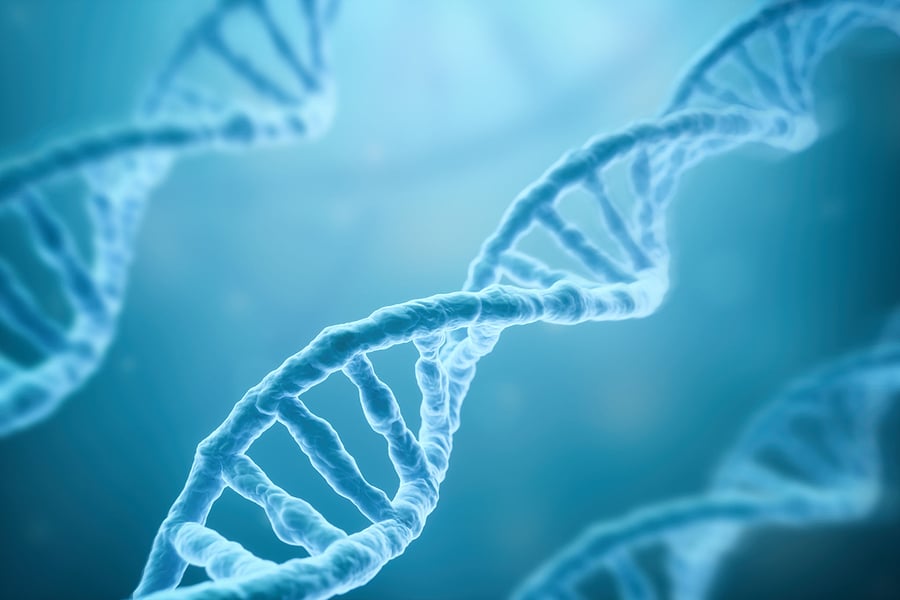TOLEDO, OHIO — Nearly four decades after her remains were found wrapped in cloth and burned near a Toledo highway, police have identified a previously unknown murder victim as 18-year-old Tammy Lowe of Taylor, Michigan, using advanced genetic genealogy testing.
The Toledo Police Department announced Monday that the breakthrough came on March 20, 2025, after new DNA testing and collaborative efforts by law enforcement and nonprofit organizations. Lowe’s remains were discovered on June 16, 1987, near Collingwood Boulevard and Interstate 75, but all previous attempts to identify her had failed.
In October 2024, The Porchlight Project, a nonprofit supporting cold case identifications in Ohio, revealed that the Toledo Police Department had requested their assistance. Porchlight funded the case’s genetic genealogy work, which was conducted by Othram, a Texas-based forensic DNA laboratory.

Othram’s testing led investigators to a potential relative in Michigan. Follow-up work by the Ohio Bureau of Criminal Investigation, Toledo Police, and the Lucas County Coroner’s Office led to family members near Detroit. A final DNA test from a close relative confirmed the victim’s identity.
“The missing was identified as 18-year-old Tammy Lowe of Taylor, MI,” authorities stated in the release.
Police credited The Porchlight Project, Othram, the Ohio BCI, the Lucas County Cold Case Unit, and the Lucas County Coroner’s Office for making the identification possible. It is unclear whether an active investigation into Lowe’s murder is ongoing.
DNA technology ends 38-year mystery in the case of a Michigan teen found dead in Toledo.
Key Points
- Tammy Lowe, 18, of Taylor, MI, was identified as a 1987 Toledo Jane Doe using DNA testing.
- Her burned remains were found near I-75 in June 1987; previous ID attempts had failed.
- The identification was made possible through genetic genealogy funded by The Porchlight Project.

